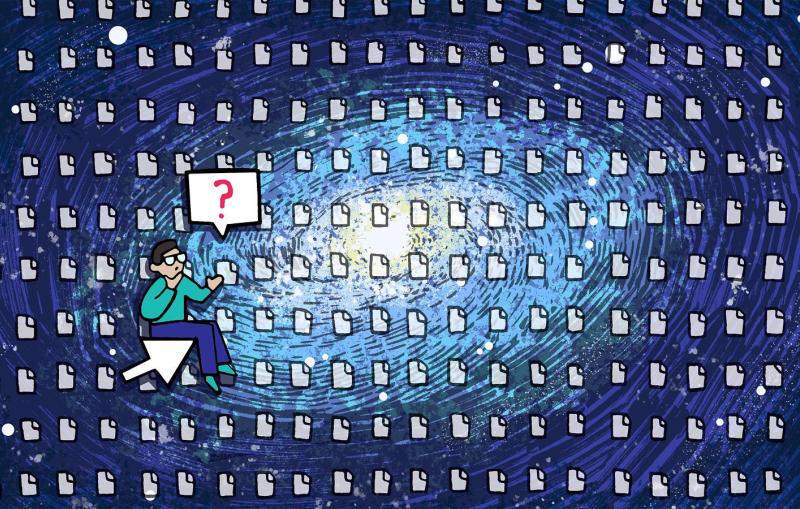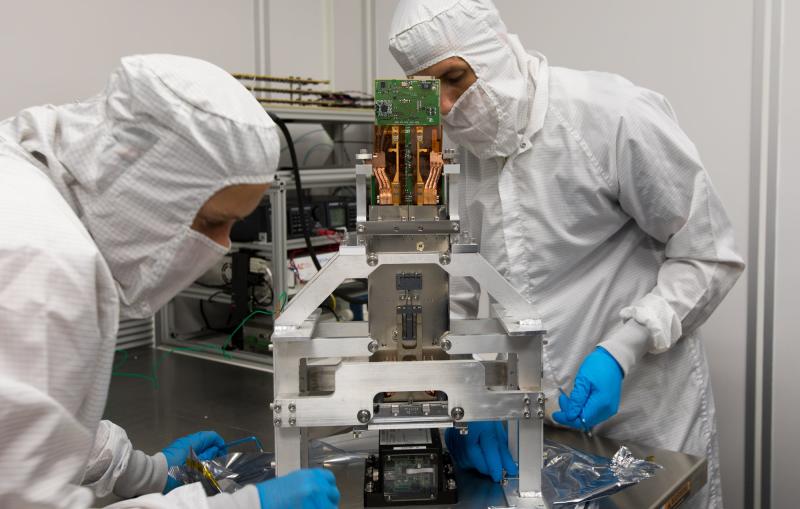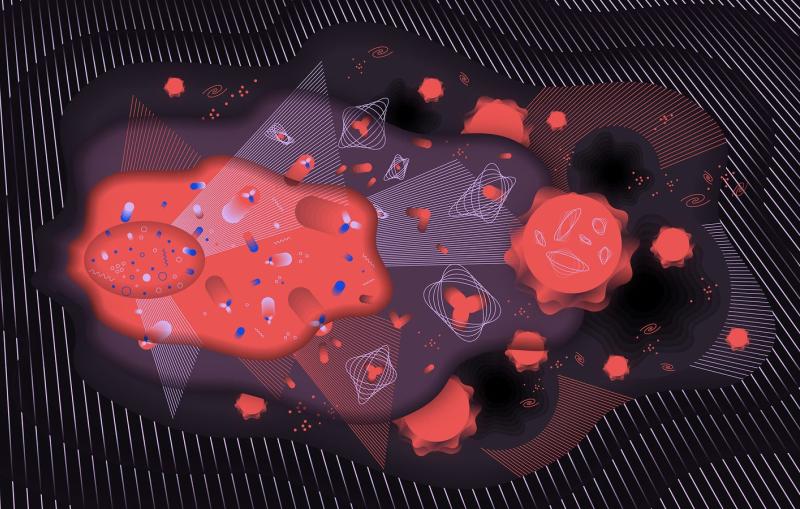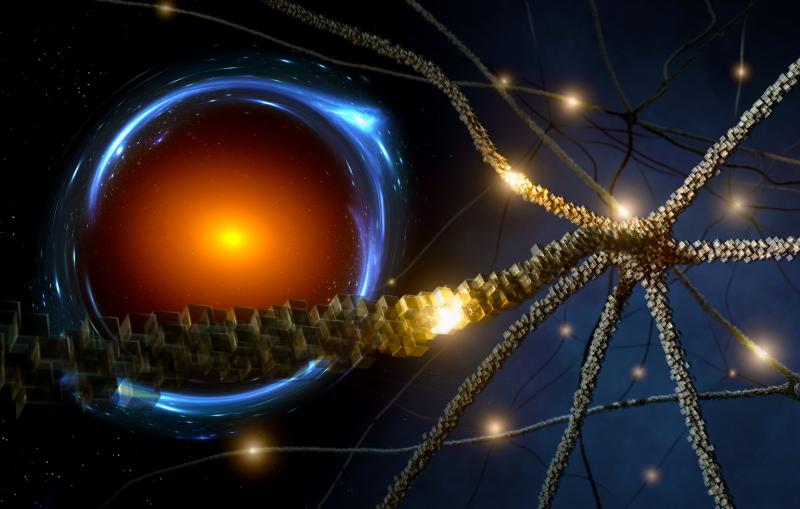





Illustration
KIPAC scientists have for the first time used artificial neural networks to analyze complex distortions in spacetime, called gravitational lenses, demonstrating that the method...

Scientists study the force that drives that acceleration, dubbed “dark energy,” with deep astronomical surveys that look at how the distribution of galaxies has changed over billions of years.
Related links:
Physics of the universe
Astrophysics and cosmology






KIPAC scientists have for the first time used artificial neural networks to analyze complex distortions in spacetime, called gravitational lenses, demonstrating that the method...
